From the colonial era to the modern day, the history of education in Massachusetts is a testament to the state’s commitment to intellectual advancement and societal progress.
As one of the earliest pioneers in public education, Massachusetts has played a pivotal role in shaping educational practices and policies across the United States.
By delving into its rich historical tapestry, we unravel the intricate layers of educational development, highlighting key milestones, influential figures, and transformative movements that have left an indelible mark on the state’s educational landscape.
From establishing the first public school in the nation to implementing innovative educational reforms, Massachusetts has been at the forefront of educational innovation and equity.
Join us on a journey through time as we explore the evolution of education in Massachusetts, revealing its educational pioneers’ enduring legacy and the impact of their vision on generations of learners.
History of Education in Massachusetts
Massachusetts, nicknamed “The Bay State,” boasts a rich and impactful history, inextricably intertwined with its commitment to education. This brief overview offers a glimpse into the history of education in Massachusetts.
Each era deserves deeper exploration to understand the complexities and nuances of educational development.
Seeds of Literacy and Religion (1630s-1800s)
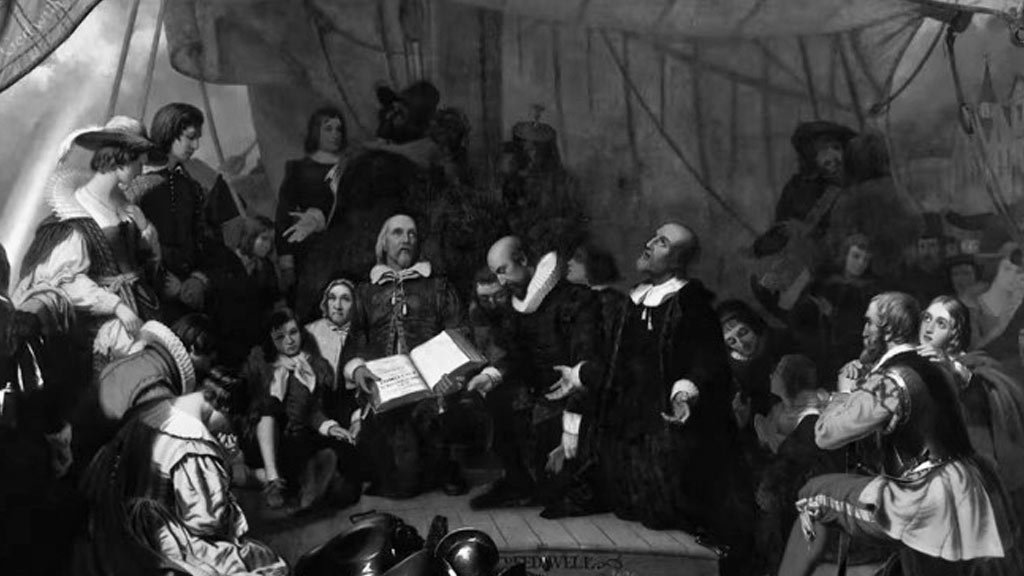
The story begins in the 1630s when Puritan settlers arrived firmly believing in the importance of reading the Bible.
The “Old Deluder Satan Act” of 1642, the first law mandating public education in North America, aimed to combat illiteracy and ensure informed citizens capable of upholding religious values.
“Dame schools” for young children and grammar schools for boys preparing for college grew across the colony, laying the foundation for a literate society.
Transformation and Expansion through the Common School Movement (1820s-1850s)
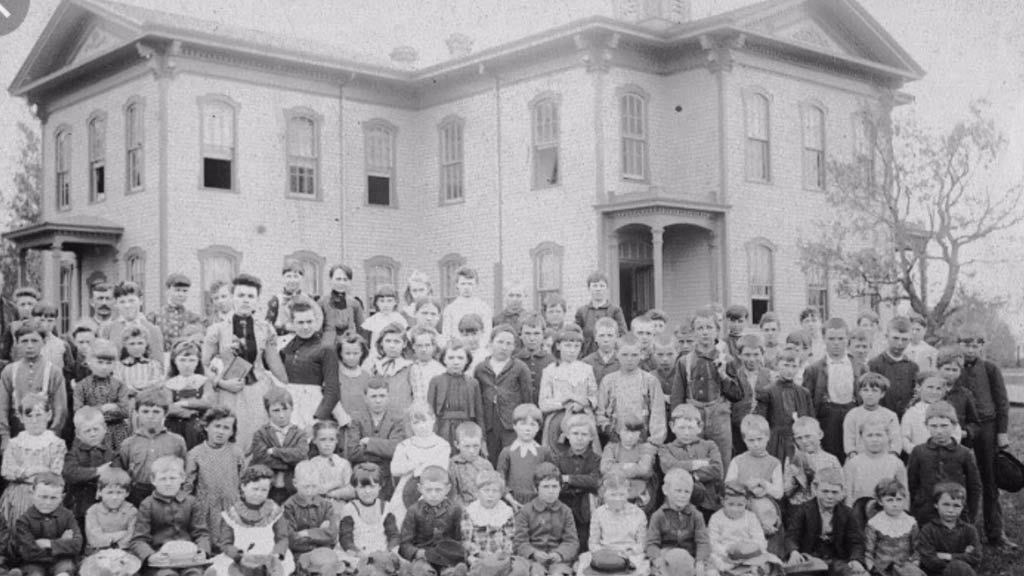
The 19th century ushered in a significant shift with the rise of the Common School Movement. Horace Mann, a passionate advocate for public education, spearheaded reforms to create a standardized, high-quality system accessible to all children.
His efforts established the first state board of education, teacher training programs, and an extended curriculum beyond religious scripture.
This era also witnessed the growth of free public high schools, catering to a broader range of students and preparing them for further education or skilled trades.
Challenges and Advancements in Diversification and Inclusion (1850s-1900s)
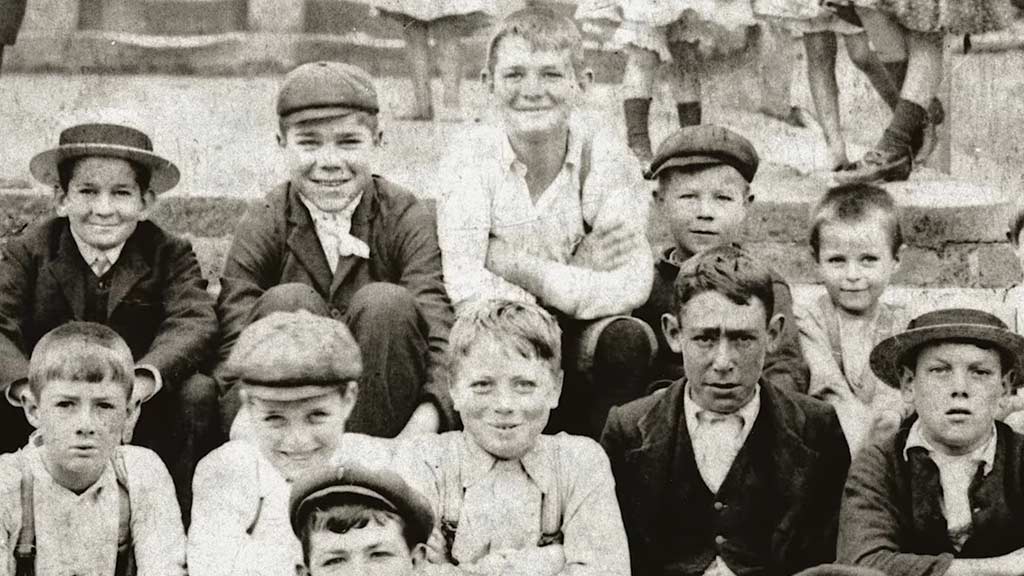
Despite progress, the 19th century witnessed ongoing struggles for access and equality. Segregation confined African American children to separate and often inferior schools.
Language barriers pose challenges for immigrant populations. While gaining access to higher education, women faced limited career opportunities.
The 20th century saw continued efforts to address these inequalities. Desegregation efforts, although contested, aimed to dismantle racial barriers in schools. Vocational education programs expanded, focusing on practical skills for diverse career paths.
Modern Innovations with Accountability and Choice (1900s-Present)
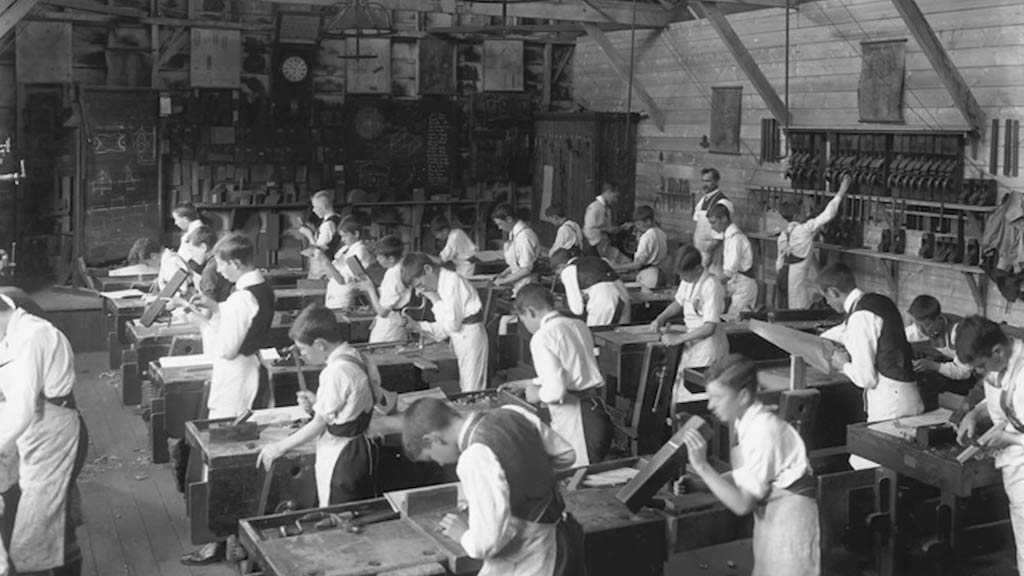
The late 20th and early 21st centuries have seen further developments in Massachusetts education. Standardized testing, like the MCAS, was implemented to measure student achievement and hold schools accountable.
School choice initiatives provided parents with options beyond their immediate district. Technology integration became widespread, transforming teaching methods and learning experiences.
Current Challenges and Looking Forward
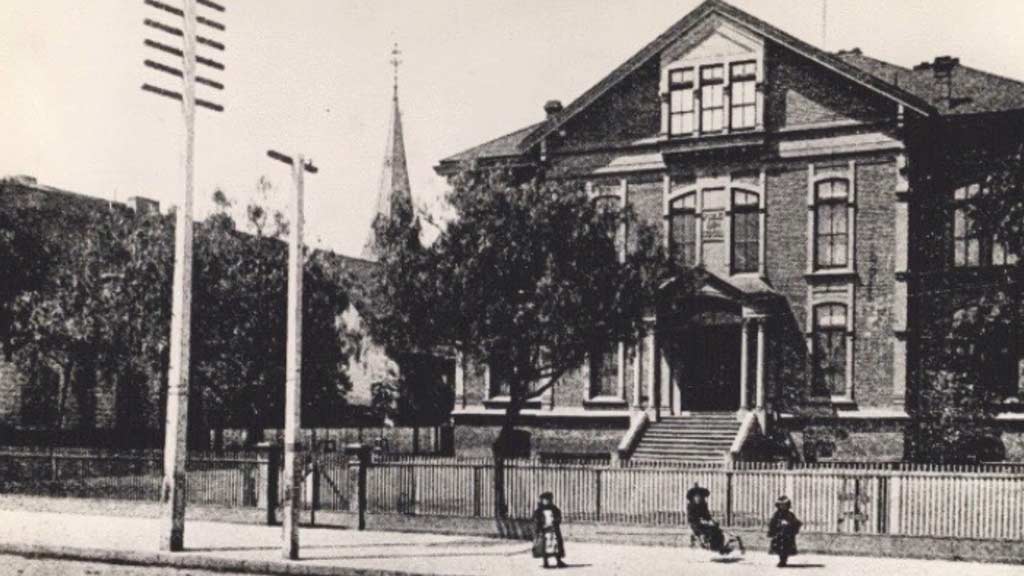
While Massachusetts remains a national leader in educational attainment, ongoing challenges exist. Achievement gaps persist across racial and socioeconomic lines.
Issues like school funding disparities, access to early childhood education, and equity in gifted and talented programs remain relevant.
Additionally, emerging technologies pose new opportunities and challenges, requiring continuous adaptation and innovation.
Legacy and Impact
Massachusetts’ commitment to education has fostered academic excellence and a culture of innovation, entrepreneurship, and civic engagement.
The state has played a critical role in shaping the national educational landscape, from early leaders like Horace Mann to modern-day educators, researchers, and policymakers.
As challenges evolve, Massachusetts strives for an education system that offers equitable access, fosters critical thinking, and prepares future generations to thrive in a complex and changing world.
What Are the Most Notable Educational Programs and Institutes in Massachusetts?
In examining the history of education in Massachusetts, several notable educational programs and institutes stand out for their significant contributions to education and lasting impact on the state and beyond.
The Boston Latin School
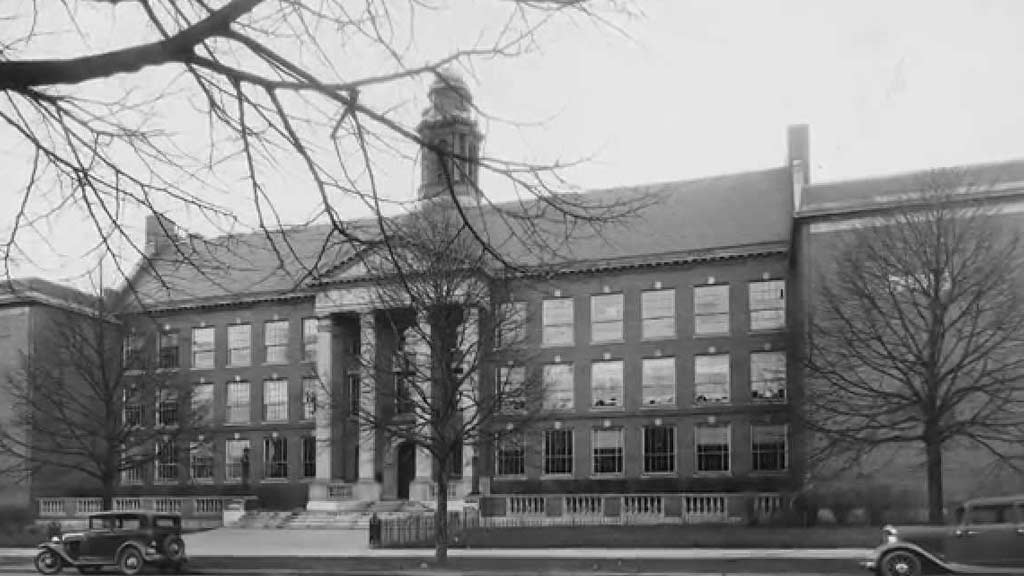
Established in 1635, the Boston Latin School is the oldest public school in the United States. Founded during the colonial era, the school’s primary purpose was to educate the sons of the Boston elite in classical languages and literature.
It played a crucial role in shaping early American education and served as a nationwide model for subsequent public schools.
Horace Mann and the Common School Movement
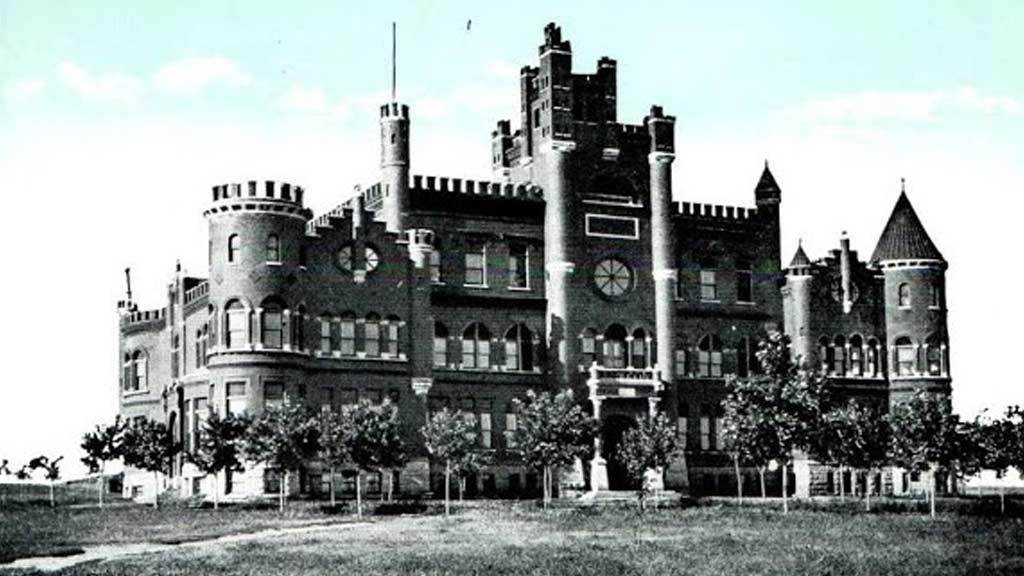
Horace Mann, often referred to as the “Father of American Education,” was a prominent figure in Massachusetts’s education history.
As the first Secretary of the Massachusetts State Board of Education in 1837, Mann advocated for establishing free, nonsectarian public schools accessible to all children.
His efforts helped launch the Common School Movement, which aimed to provide a primary education for every child regardless of socioeconomic status or background.
Normal Schools
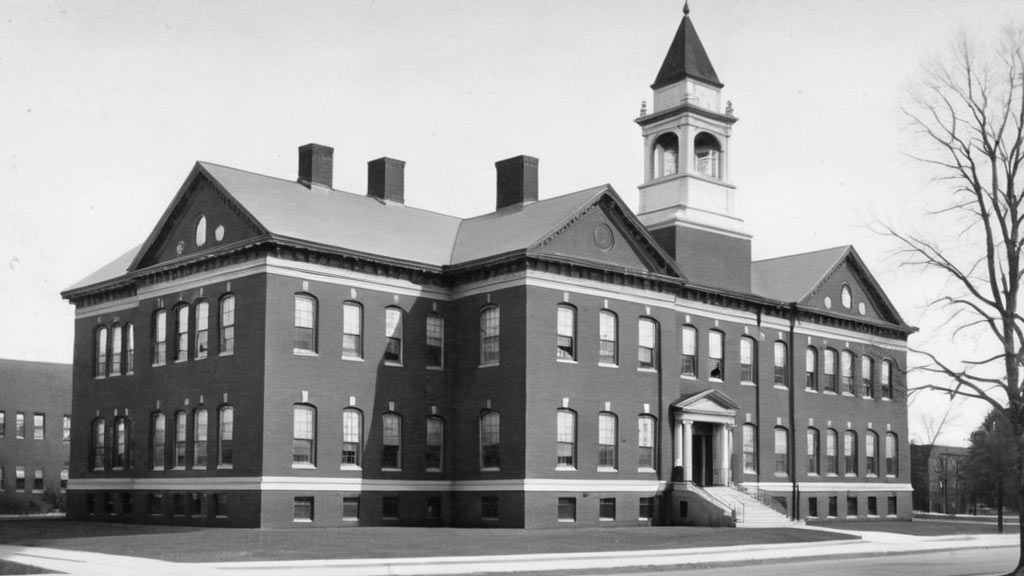
Massachusetts was at the forefront of the Normal School movement in the 19th century, which focused on training teachers for the rapidly expanding public school system.
The first public Normal School in the United States, Framingham State University, was established in Lexington, Massachusetts, in 1839.
These institutions played a crucial role in professionalizing the teaching profession and improving the state’s education quality.
The Massachusetts Institute of Technology (MIT)
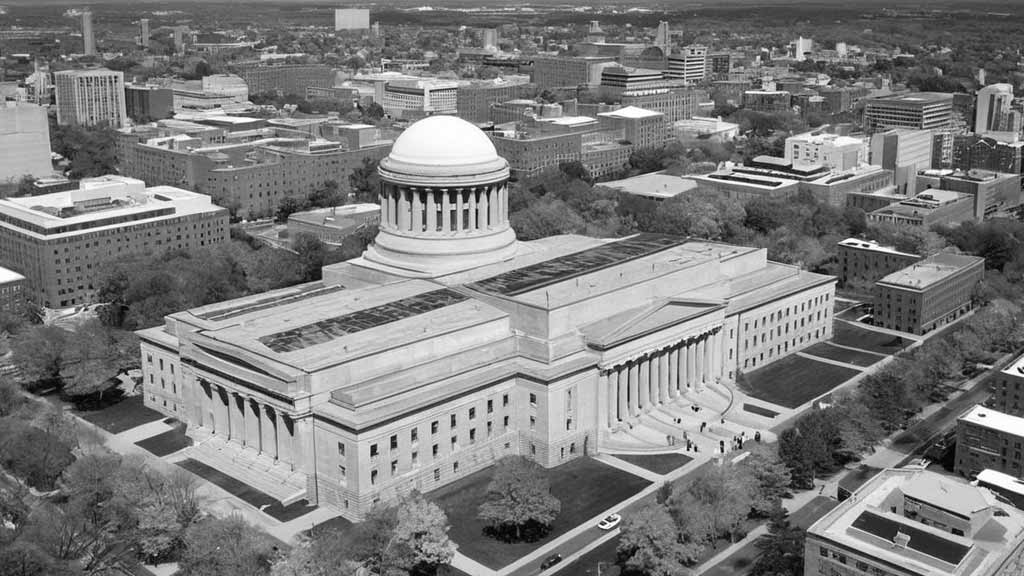
Founded in 1861, MIT has become one of the world’s leading institutions for science, engineering, and technology education.
Its hands-on learning and research emphasis has produced numerous innovations and advancements that have shaped various industries and fields globally.
Progressive Education Movement
In the late 19th and early 20th centuries, Massachusetts was a hub for the Progressive Education Movement, which emphasized experiential learning, student-centered instruction, and holistic development.
Notable educators such as John Dewey and Francis Parker influenced the movement, establishing experimental schools and educational reforms to foster critical thinking and creativity.
Harvard University
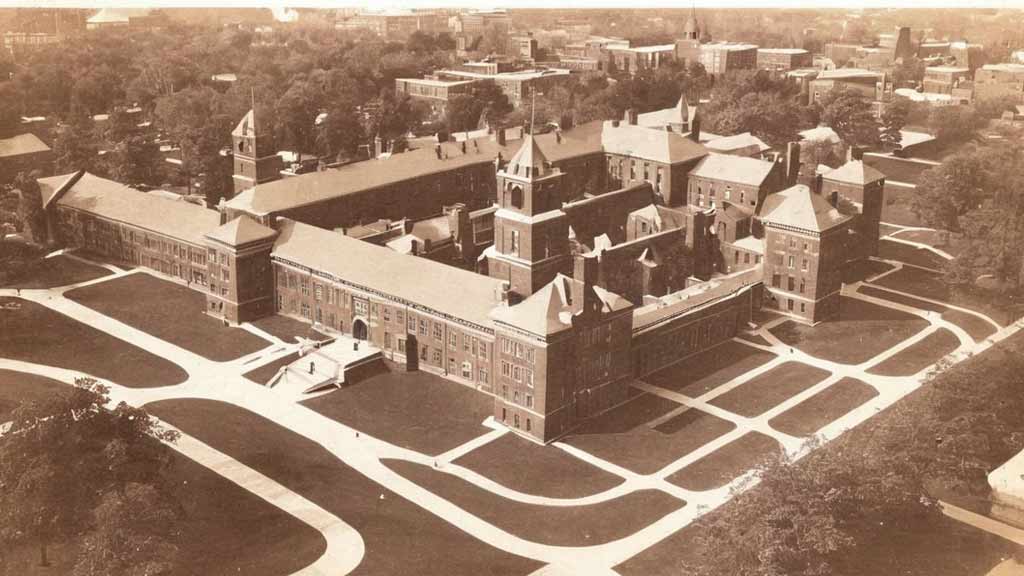
Founded in 1636, Harvard University is the oldest institution of higher education in the United States. Harvard has been a center for intellectual inquiry and innovation throughout its history, producing influential leaders, scholars, and researchers in various fields.
Its commitment to academic excellence and research has cemented its reputation as one of the world’s premier universities.
The Boston Public School System
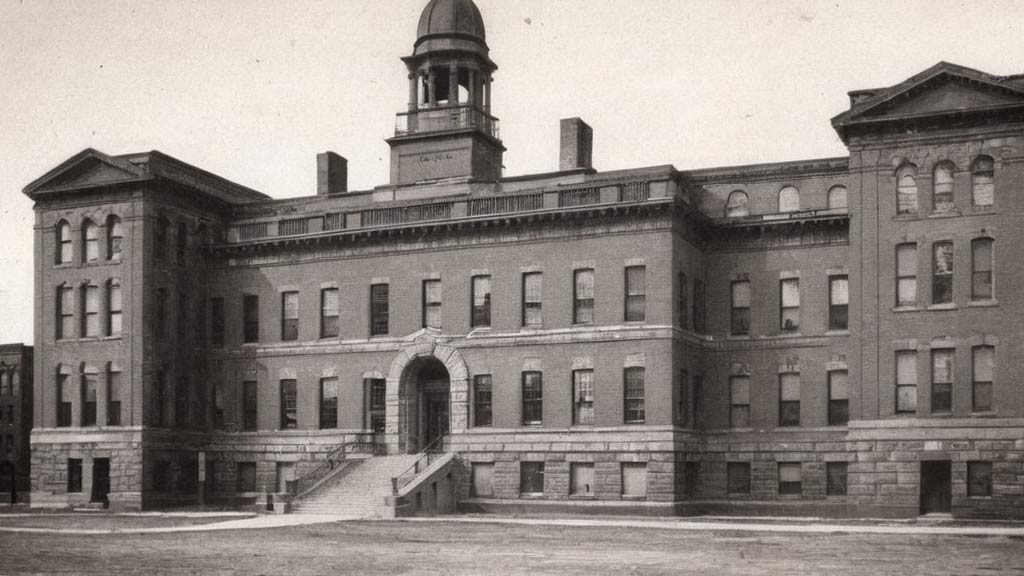
The Boston Public School System has played a pivotal role in the history of education in Massachusetts and the nation.
As one of the country’s oldest and largest urban school districts, it has grappled with issues of equity, diversity, and access to quality education throughout its history.
Despite challenges, the Boston Public School System has been a catalyst for educational reform and innovation, serving as a model for urban districts nationwide.
The Massachusetts Comprehensive Assessment System (MCAS)
In the 1990s, Massachusetts implemented the MCAS as a statewide assessment tool to measure student performance and hold schools accountable for academic standards.
The rigorous testing program has raised academic achievement and improved accountability in the state’s public schools. However, it has also faced criticism for its emphasis on standardized testing and its impact on teaching and learning.
The Massachusetts Education Reform Act of 1993
The Massachusetts Education Reform Act of 1993 was a landmark legislation to improve student achievement, accountability, and equity in the state’s public schools.
It introduced rigorous academic standards, increased education funding, and established school accountability and reform mechanisms. The law has been credited with raising student performance and narrowing achievement gaps.
The Massachusetts Charter School Movement
Massachusetts has led the charter school movement, which aims to provide alternative educational options and promote innovation in public education.
Charter schools in Massachusetts operate independently of traditional school districts and have the flexibility to implement unique curricula and instructional approaches.
FAQs
When was the Boston Latin School founded, and why is it significant?
The Boston Latin School was founded in 1635, making it the oldest public school in the United States. It is significant because it shaped early American education and served as a nationwide model for subsequent public schools.
Who was Horace Mann, and what was his contribution to education in Massachusetts?
Horace Mann was a prominent figure in the history of education in Massachusetts. As the first Secretary of the Massachusetts State Board of Education in 1837, he advocated for establishing free, nonsectarian public schools accessible to all children.
What is the significance of Normal Schools in the history of Massachusetts education?
Regular Schools played a crucial role in the history of Massachusetts education by training teachers for the rapidly expanding public school system in the 19th century.
These institutions helped professionalize the teaching profession and improve the state’s education quality.
How has MIT contributed to education and innovation in Massachusetts?
MIT, founded in 1861, has become one of the world’s leading institutions for science, engineering, and technology education.
Its hands-on learning and research emphasis has produced numerous innovations and advancements that have shaped various industries and fields globally.
What were the critical components of the Massachusetts Education Reform Act of 1993?
The Massachusetts Education Reform Act of 1993 aimed to improve public school student achievement, accountability, and equity. It introduced rigorous academic standards, increased education funding, and established school accountability and reform mechanisms.
Conclusion
The history of education in Massachusetts exemplifies a continuous pursuit of excellence and inclusivity.
From humble beginnings rooted in colonial ideals of literacy and civic duty to the progressive reforms of the 20th century, Massachusetts has consistently championed educational innovation and equity.
As we reflect on the transformative journey through time, it becomes evident that the state’s commitment to education has been a driving force behind its social and economic advancement.
However, challenges persist, reminding us of the need to adapt and improve educational practices.
By acknowledging past achievements and embracing future opportunities, Massachusetts can continue to lead the way in shaping a brighter, more equitable educational landscape for generations to come.
The history of education in Massachusetts serves as both a source of inspiration and a call to action, urging us to strive for excellence and equity in education for all.
Jaclyn Lowe